Have you ever wanted to throw a block party but don’t know how to go about it? One of the interesting things about my job is that I now know a lot about what goes into making a good one.
On June 17 we’ll host our third annual Summer Block Party in the Arts District, and I wanted to share a little of the “backstage” planning. The Summer Block Party has always involved the Arts District museums and Downtown Dallas Inc., and this year we are also working with the Dallas Symphony and the AT&T Performing Arts Center.
The first part of planning any big event is getting all the “players” together to discuss ideas and work out the details. Our first Arts District group meeting was the first week of April, and we have had two group meetings since then. Agenda items for these meetings included planning joint programs, discussing street closure logistics, and crafting a marketing plan.
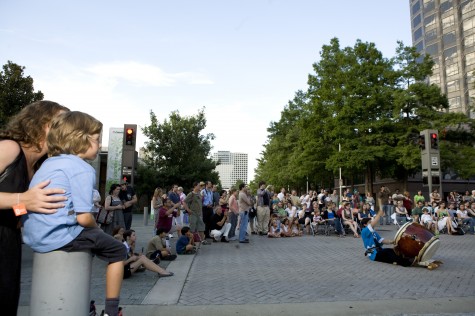
A street performance during a Summer Block Party
After these meetings, the “point person” from each institution goes back “home” to work out the specifics. Here at the DMA we had meetings with our Security, Operations, Membership, and Marketing teams to go over all the details for the DMA’s Late Night, especially the Summer Concert featuring The Polyphonic Spree. Between that first planning meeting in April and the event on June 17, I will have had fourteen internal meetings with various staff members just about this one event.
![Badu Concert Crowd[1]](http://blog.dma.org/wp-content/uploads/2011/06/badu-concert-crowd1-e1307382070251.jpg)
A past Late Night Summer Concert on Ross Avenue Plaza
Another aspect of throwing a block party is closing the streets between the museums. We do this so we can have programs outside and for the safety of all our visitors, who will be walking back and forth between the institutions. Closing the streets requires a permit from the City, which must be submitted forty-five days before the event. Once we get the okay from the City, we have to secure police officers, outdoor lighting, port-a-potties, and street barricades.
After our programs are confirmed, we then work with our graphic designers and editor to create a schedule of events, which we give to visitors when they arrive that night. We submit text three weeks in advance to give them time to edit and design the schedule, have staff review the schedule, and make any last minute changes before sending it to the printer. We then update our website with all the current information, and our PR department sends out a press release and begins posting on Facebook and Twitter.
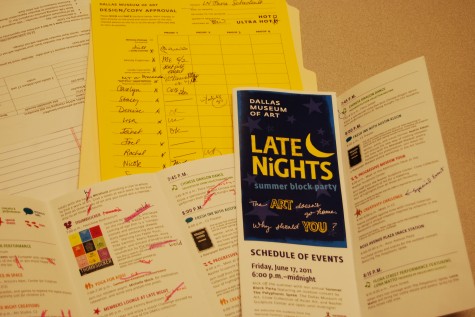
Proof for the Late Night Schedule of Events
Lastly, to continue in the tradition of my previous blog post about Late Nights, I thought I would end this post with a new Late Nights by the Numbers list:
272 – number of emails I have sent and received about the Summer Block Party since April
52 – number of performers and artists featured during the June Late Night
7,000 – number of Late Night event schedules printed for this night
6 – number of food trucks that will serve food during the Summer Block Party
2 – number of clues the DMA will tweet for the Museum Art Challenge on Twitter
12 – number of port-a-potties on-site during the Summer Block Party
4 – number of rotating mirror balls that will be used during The Polyphonic Spree concert
Stacey Lizotte is Head of Adult Programming and Multimedia Services.
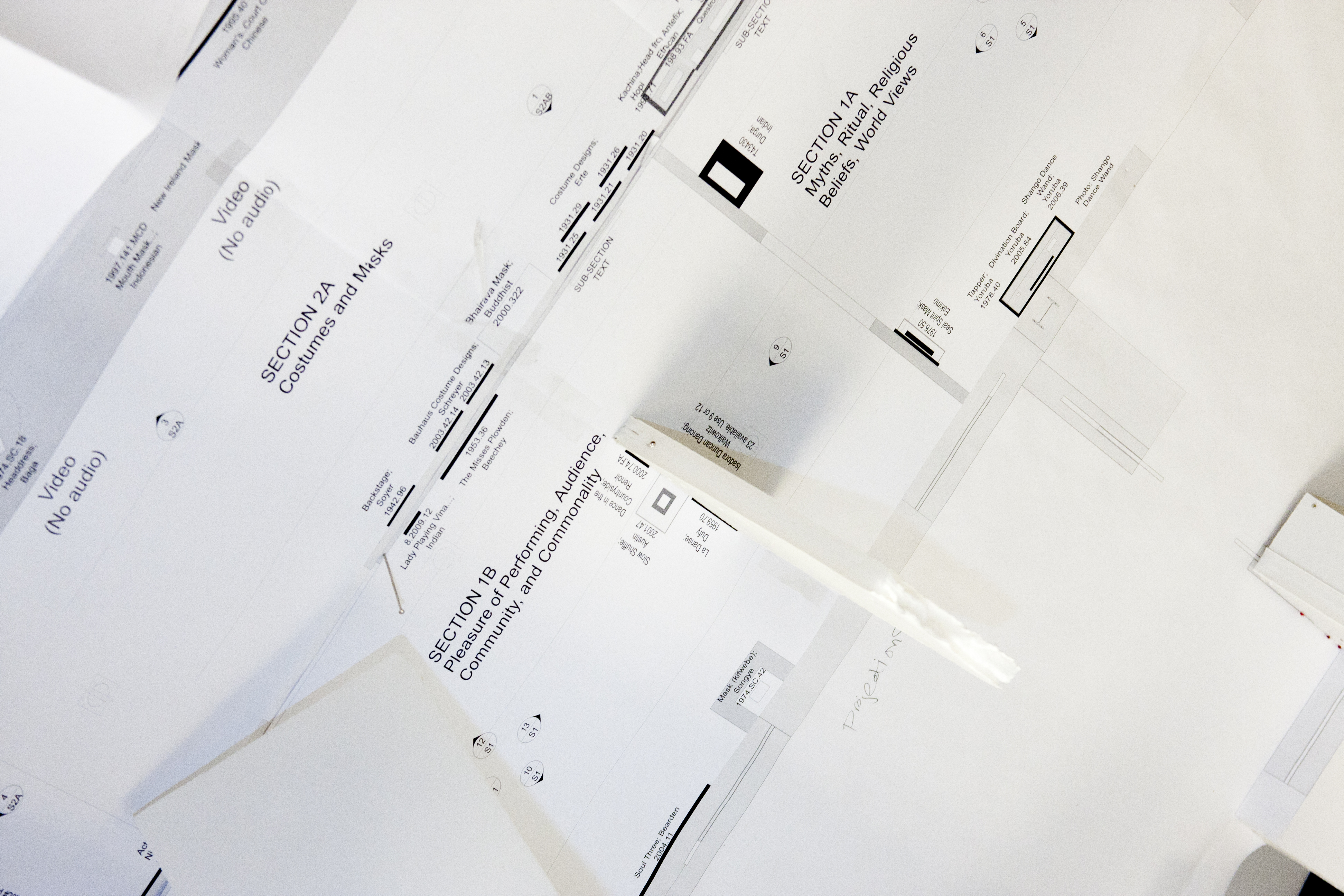
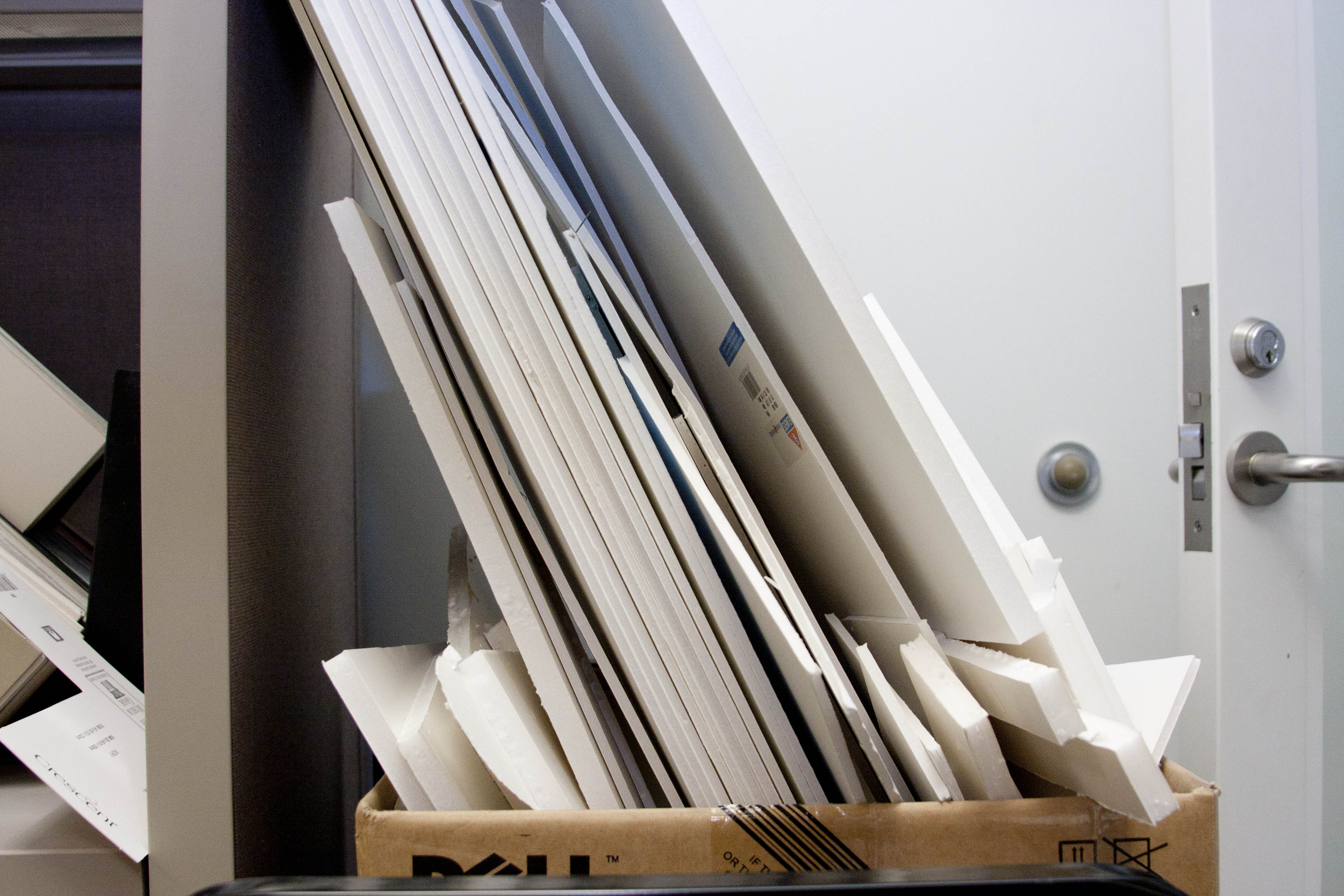
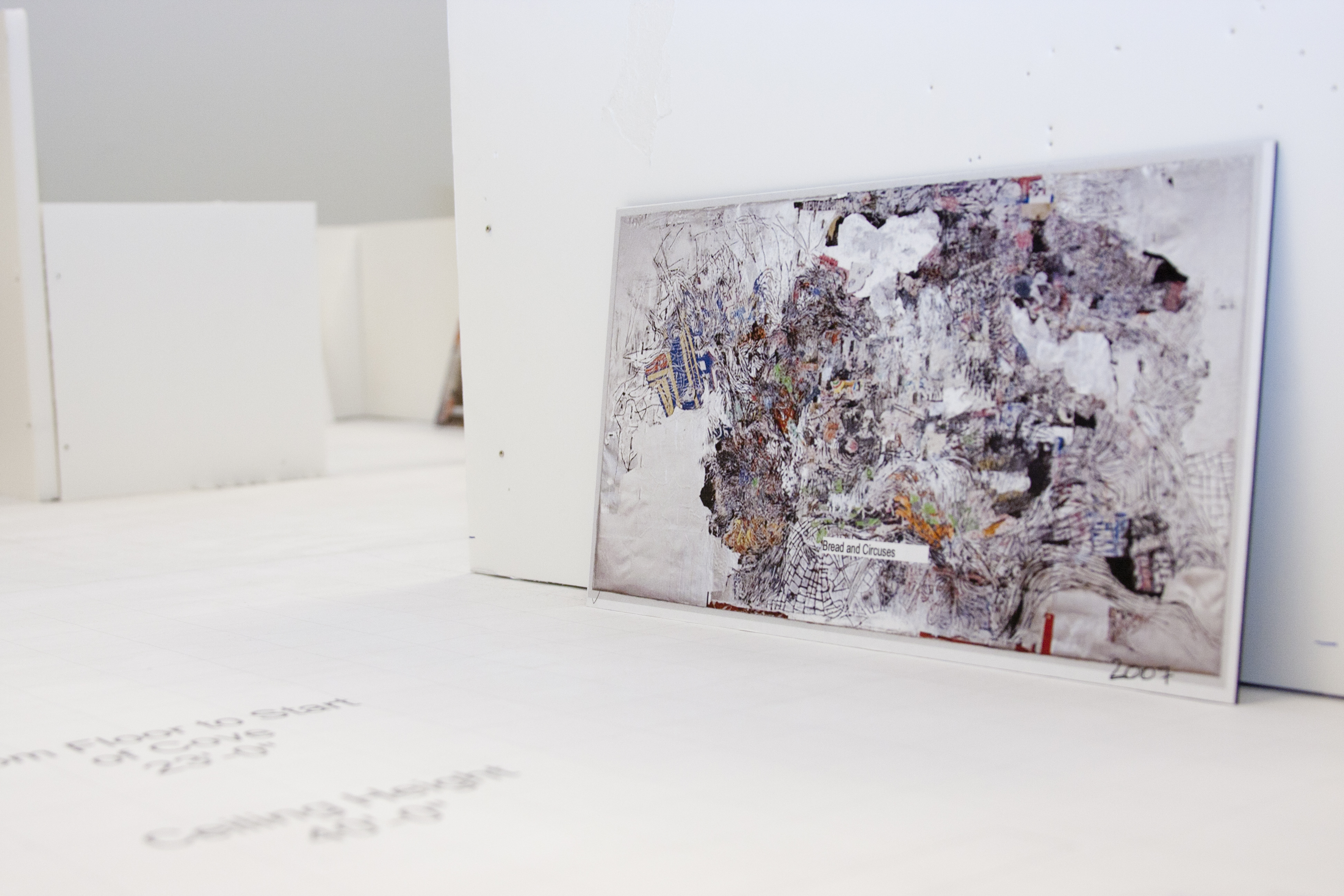
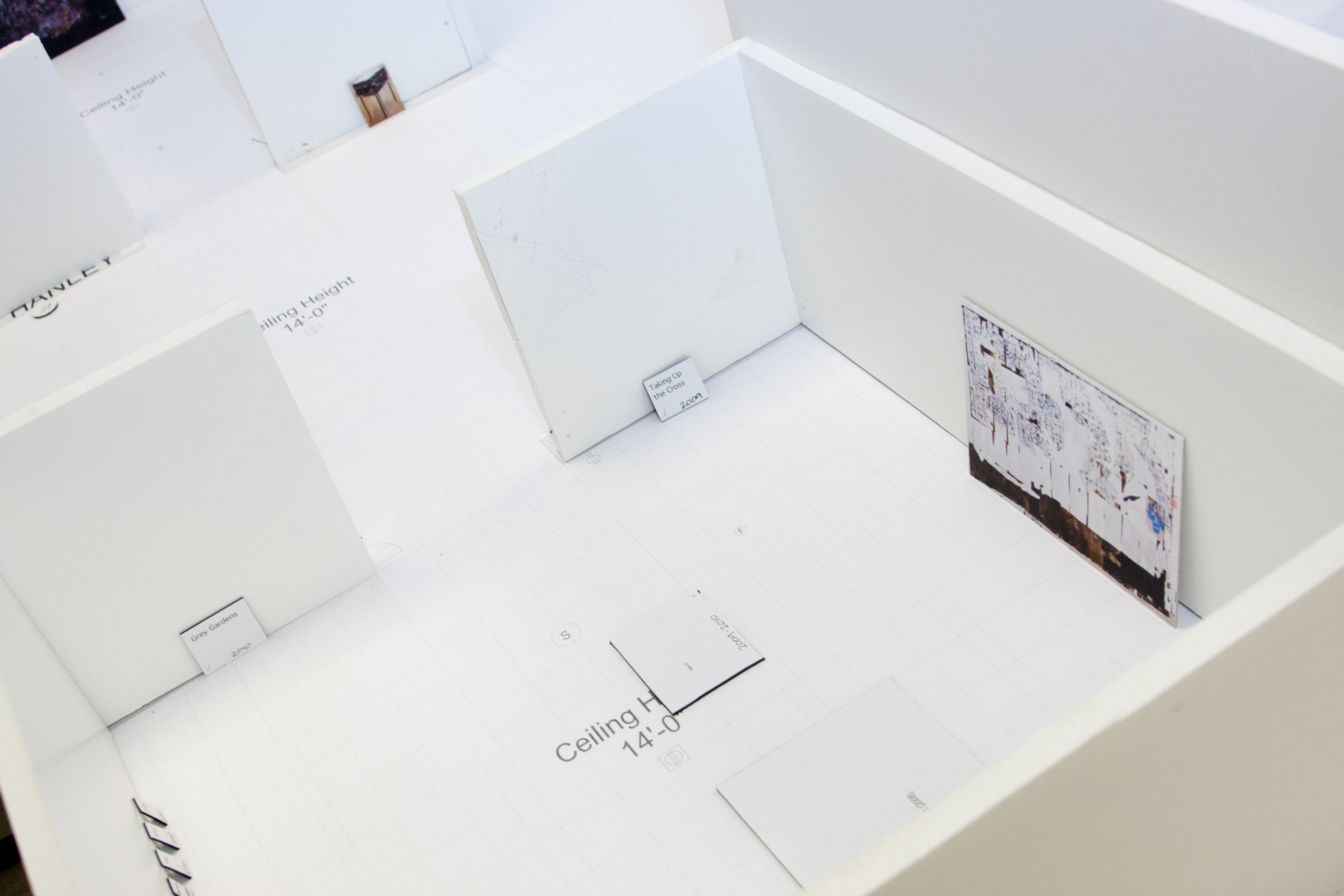
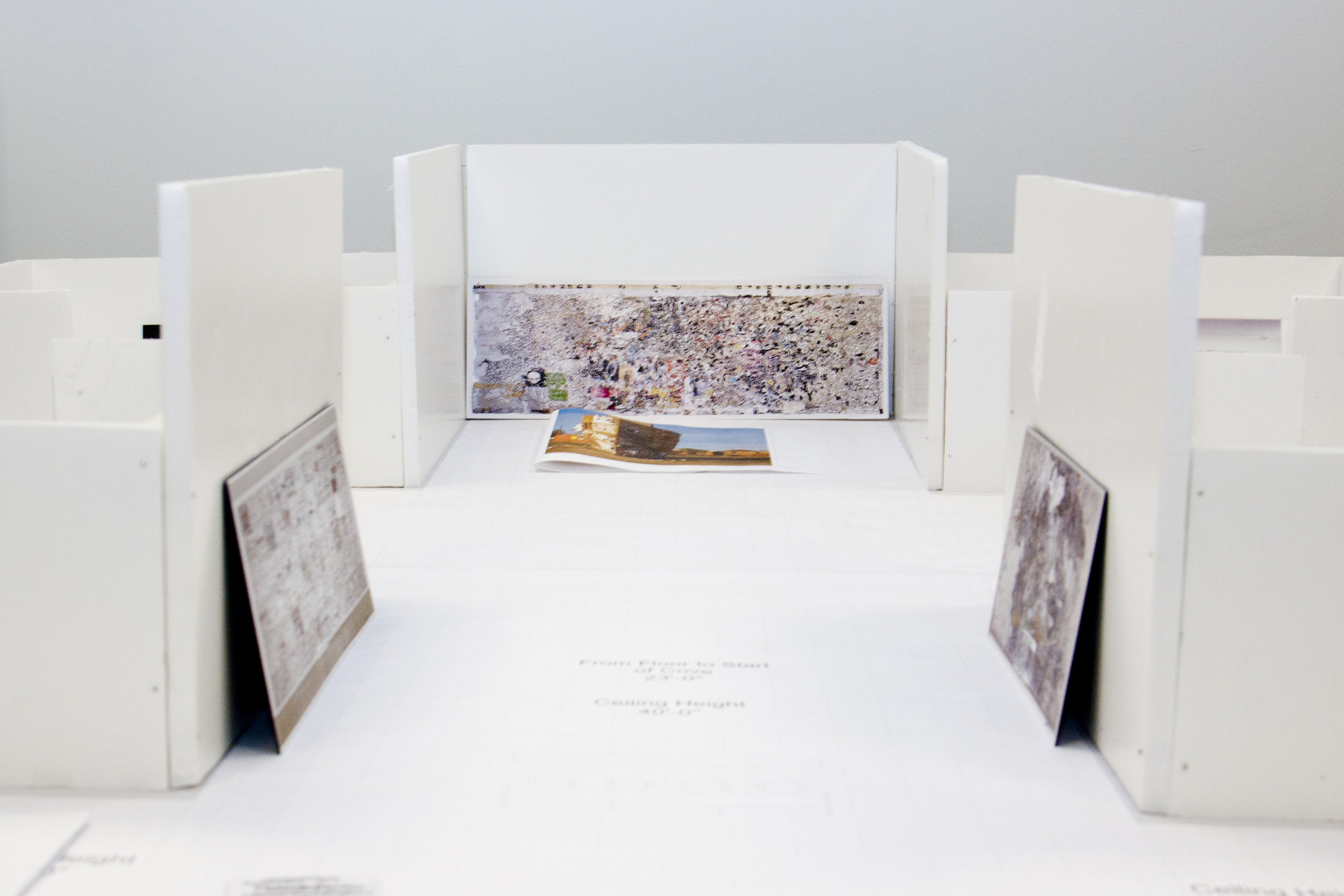
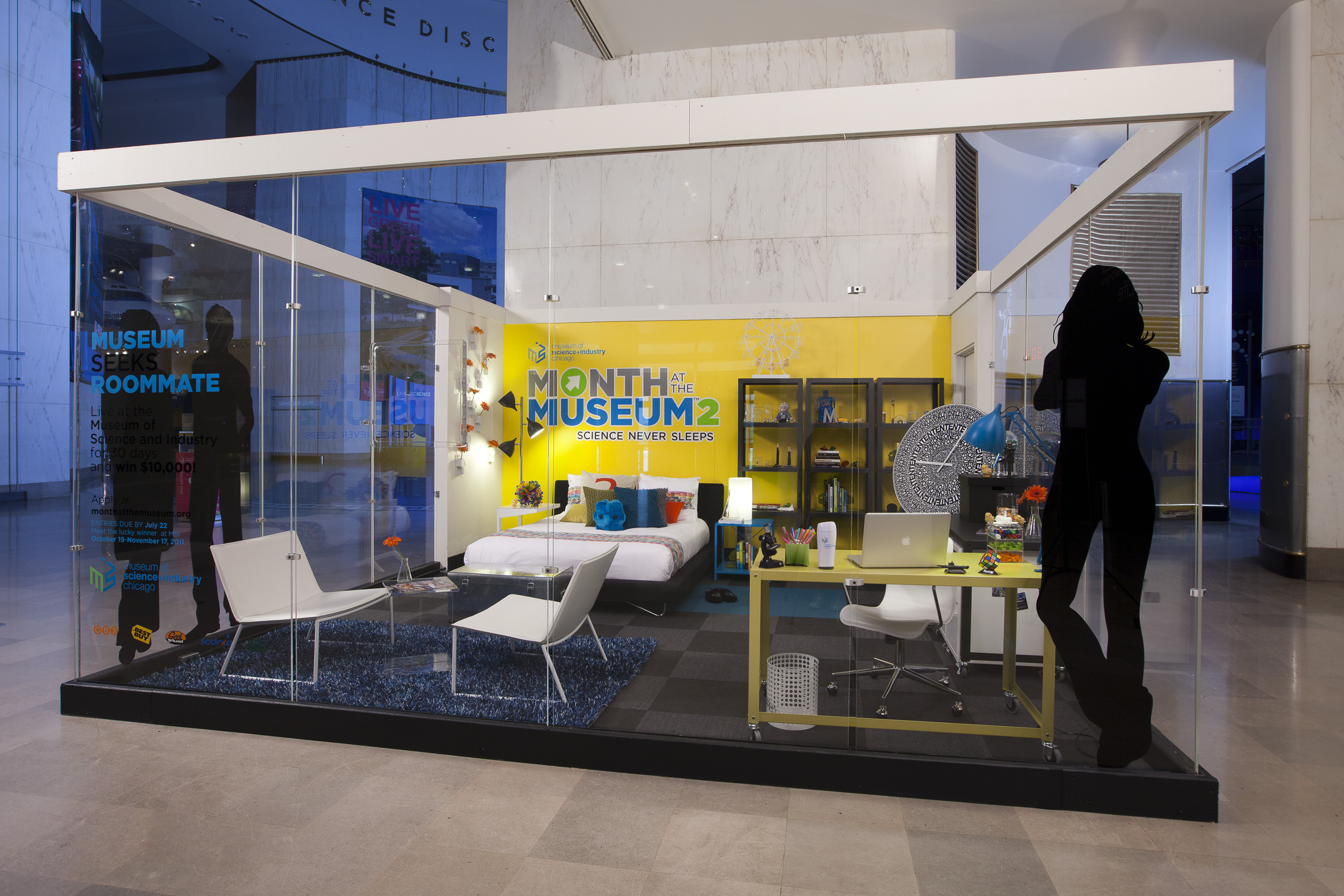
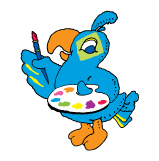
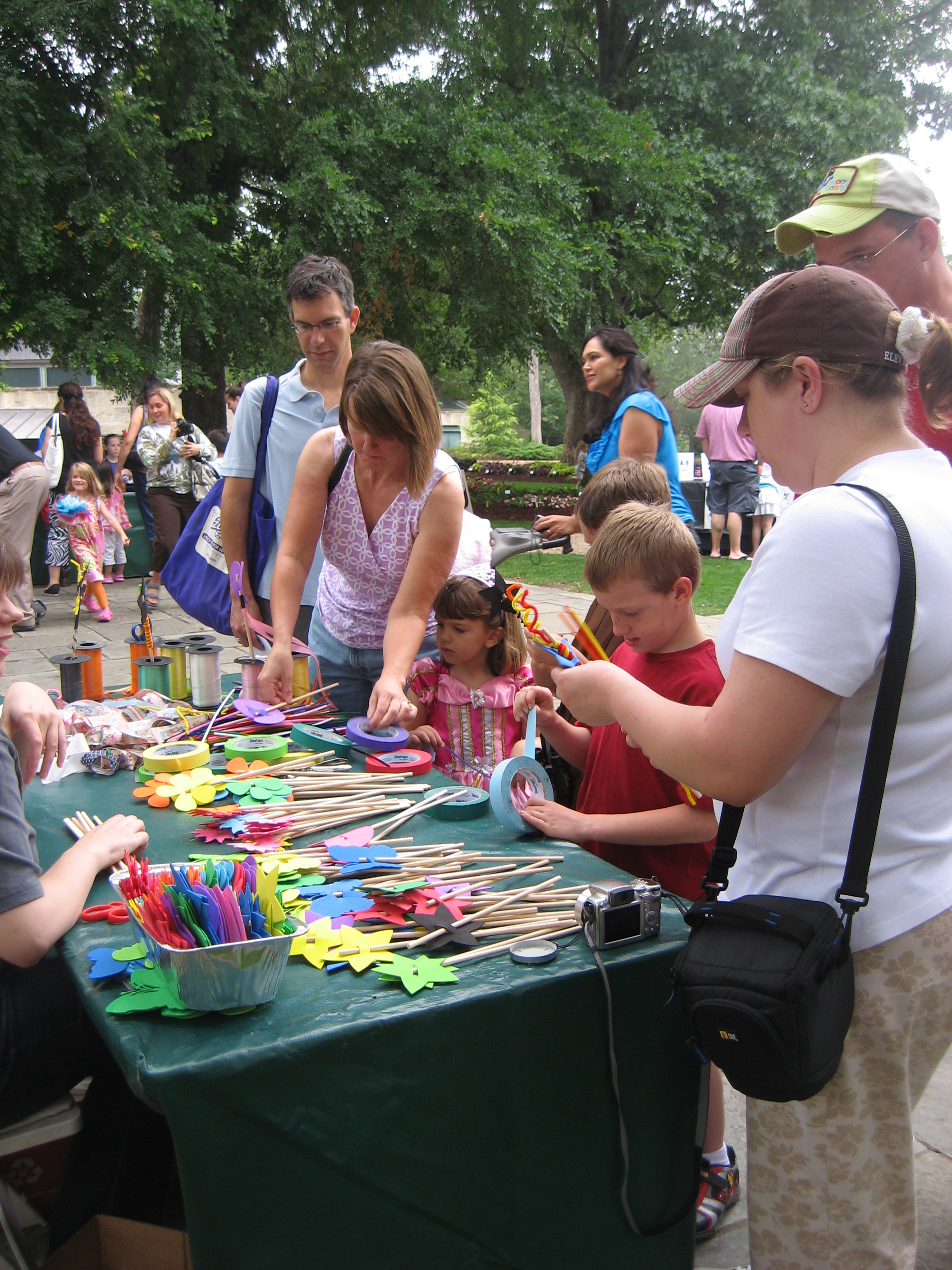
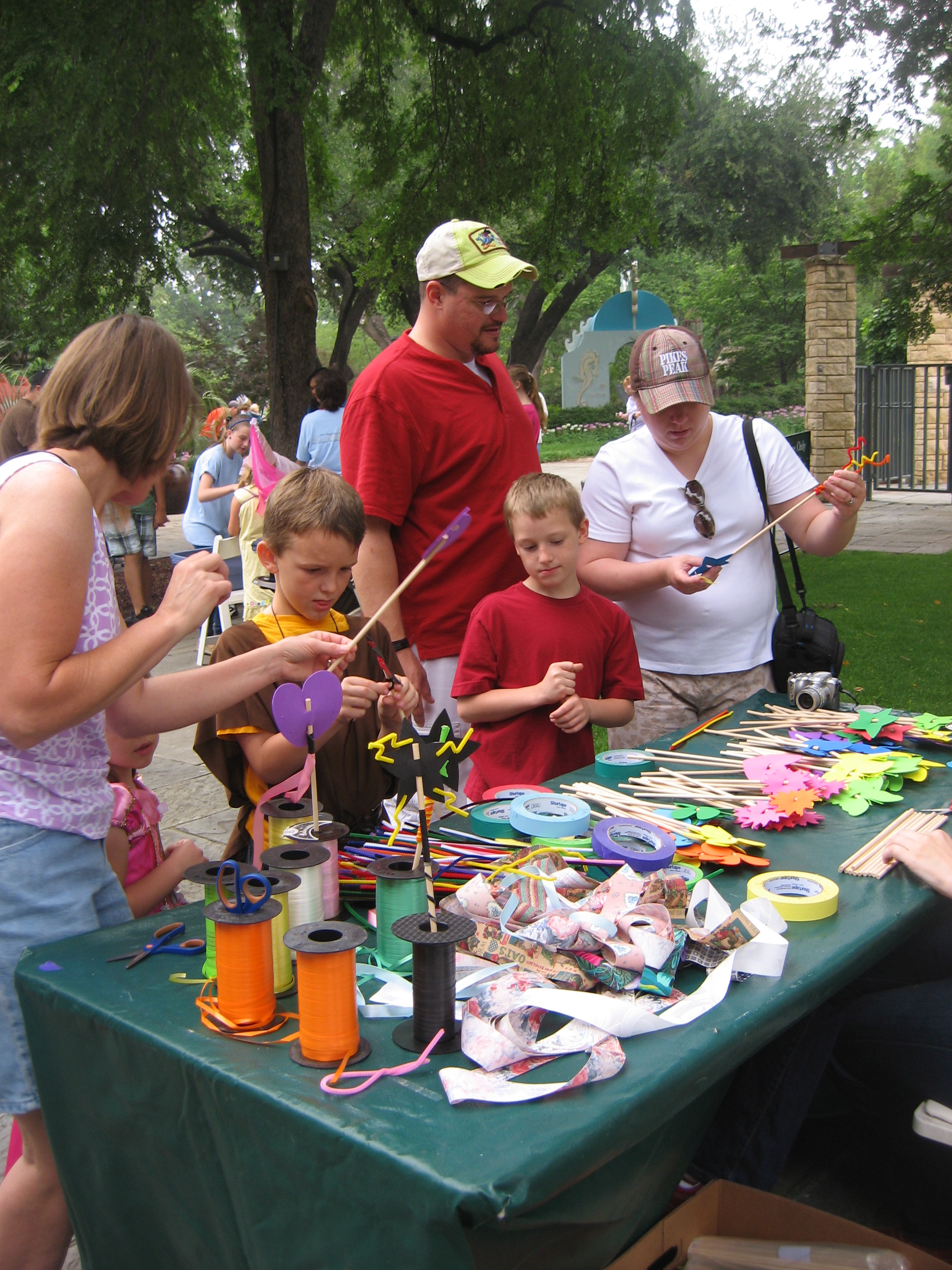
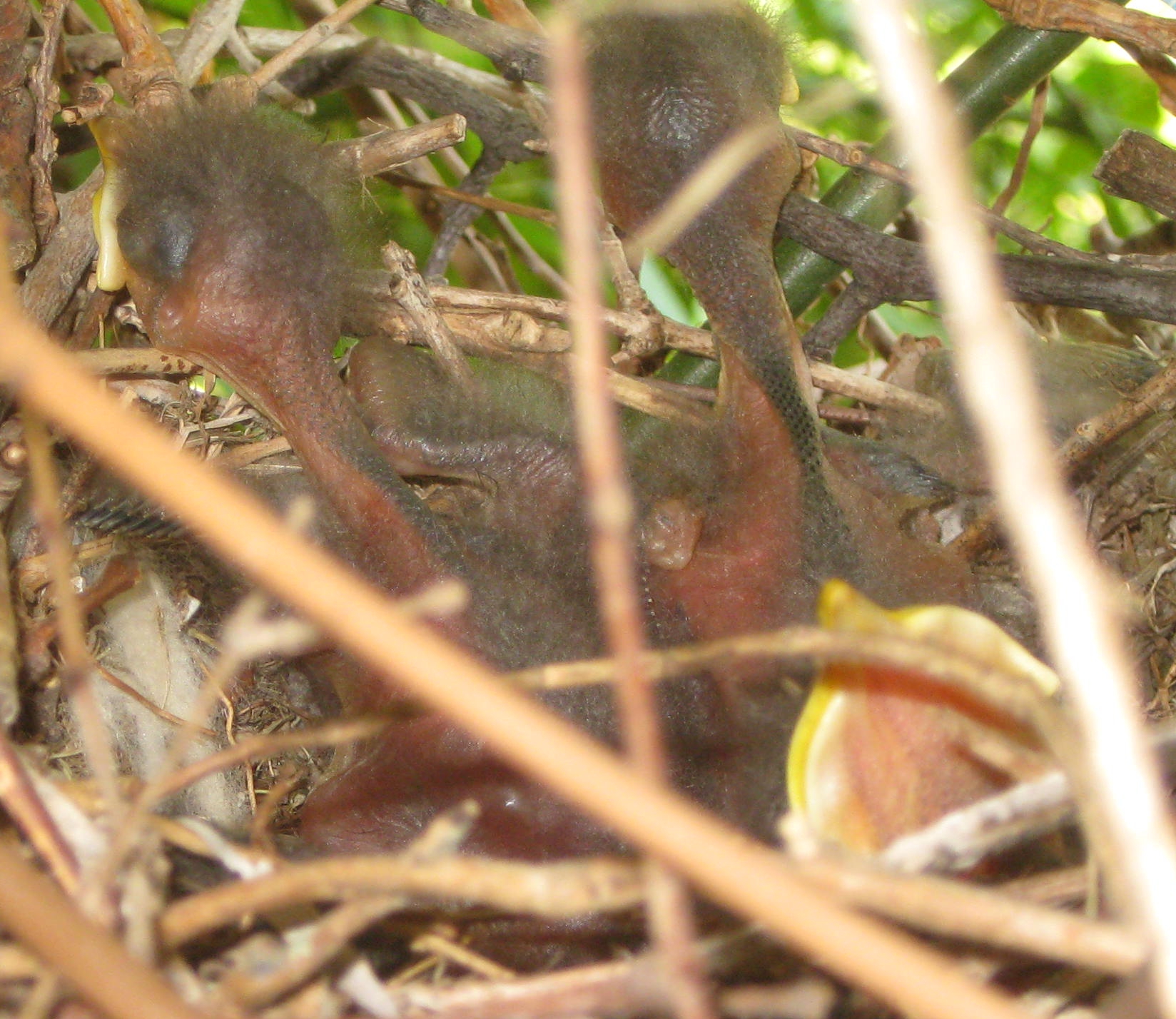
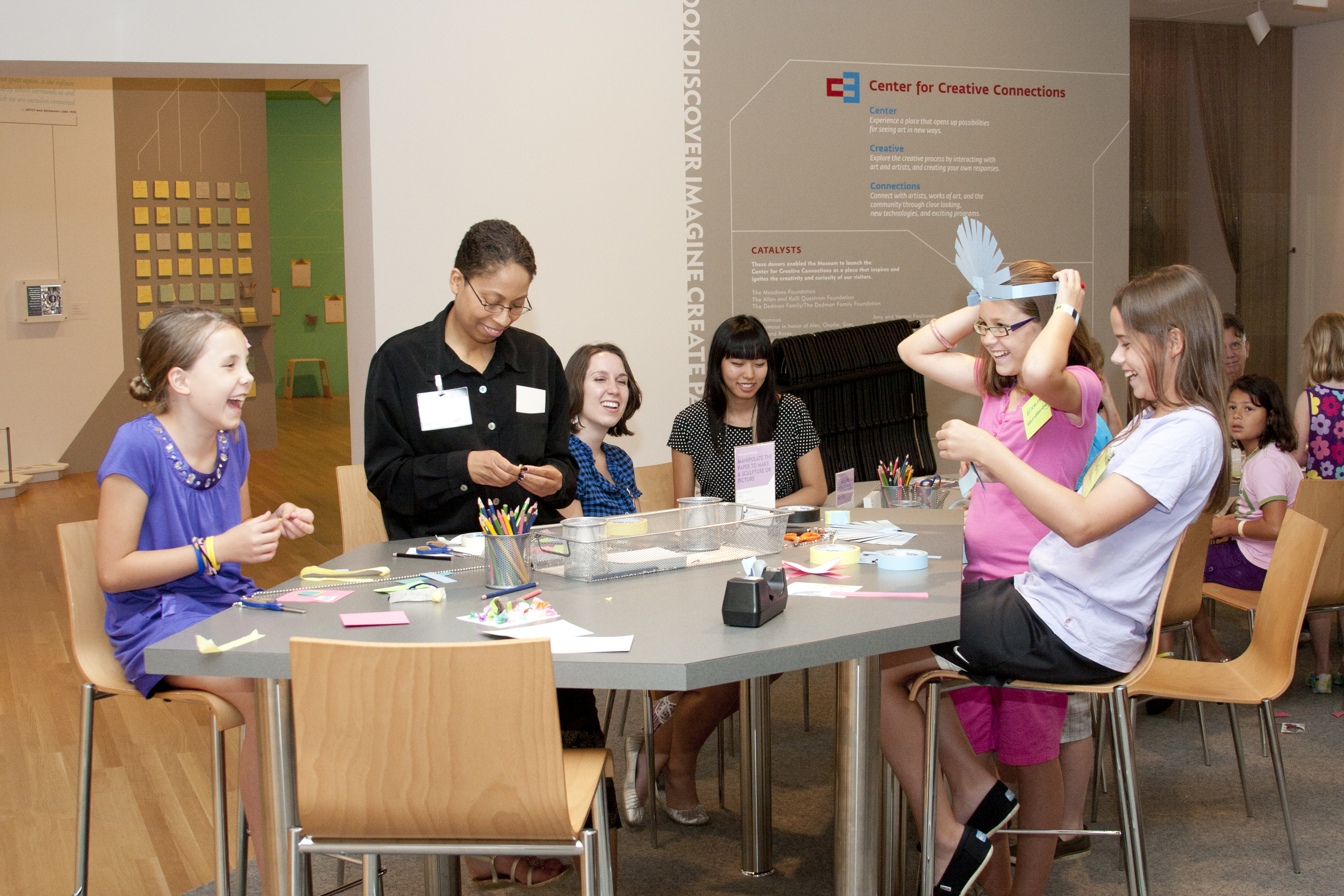
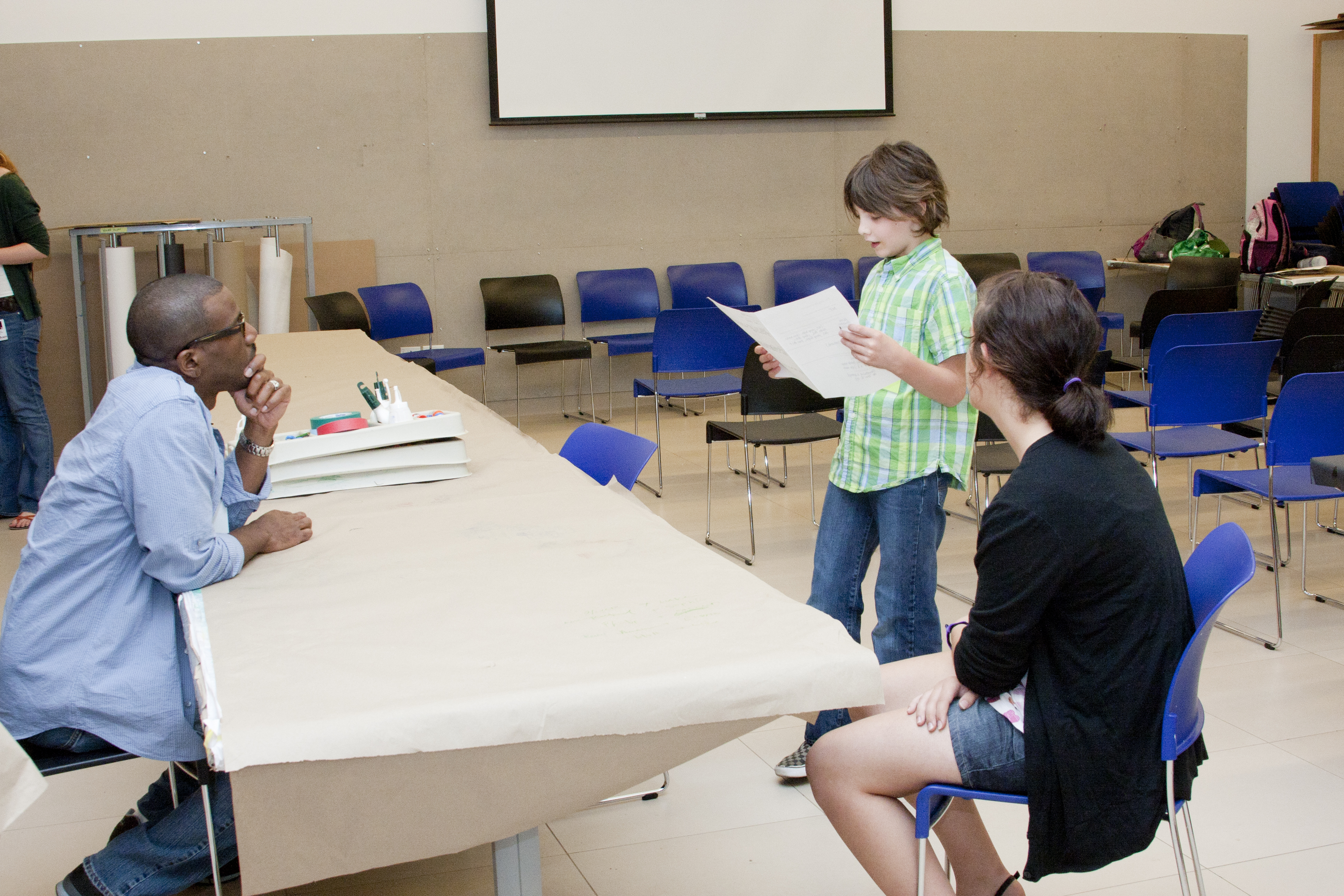
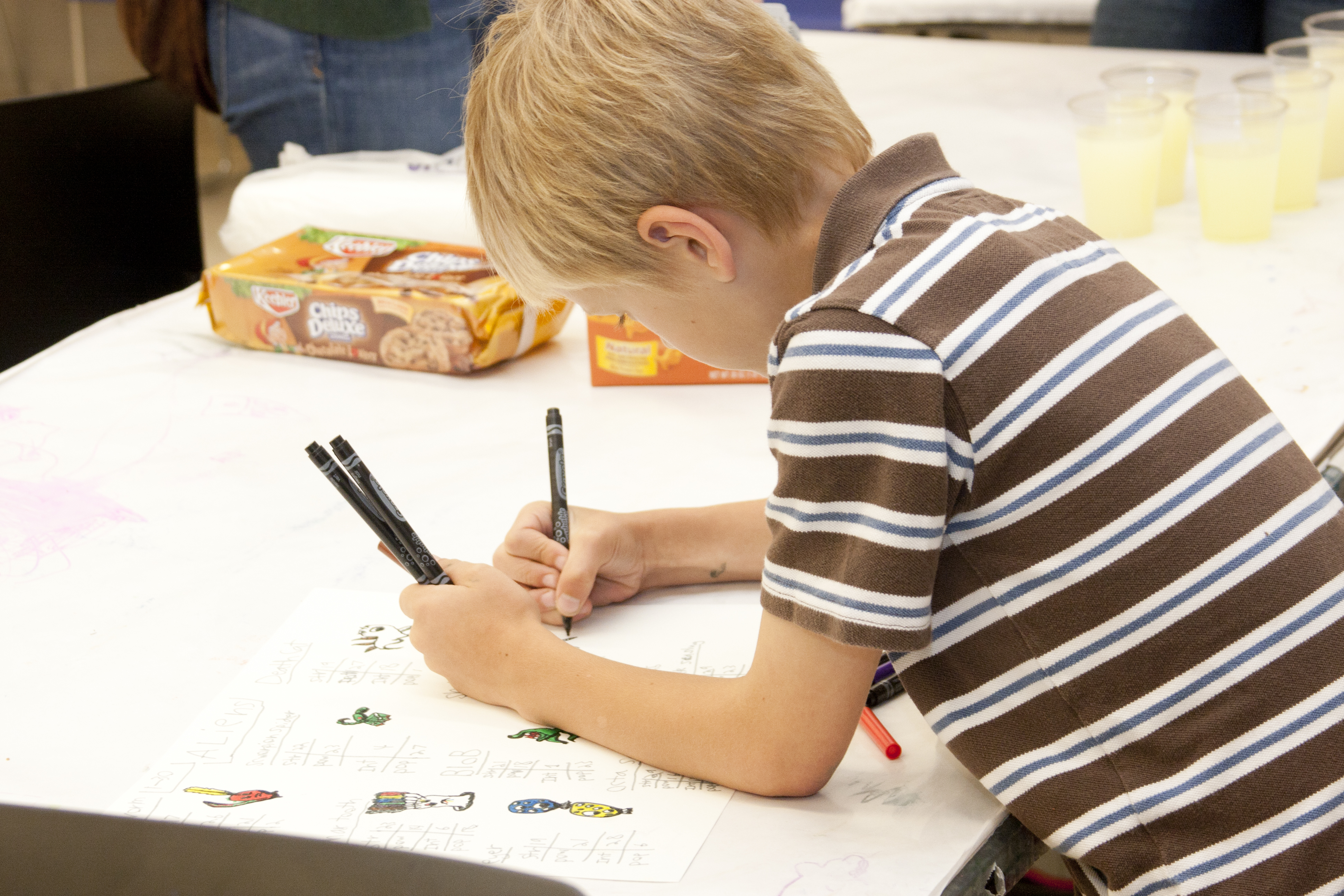
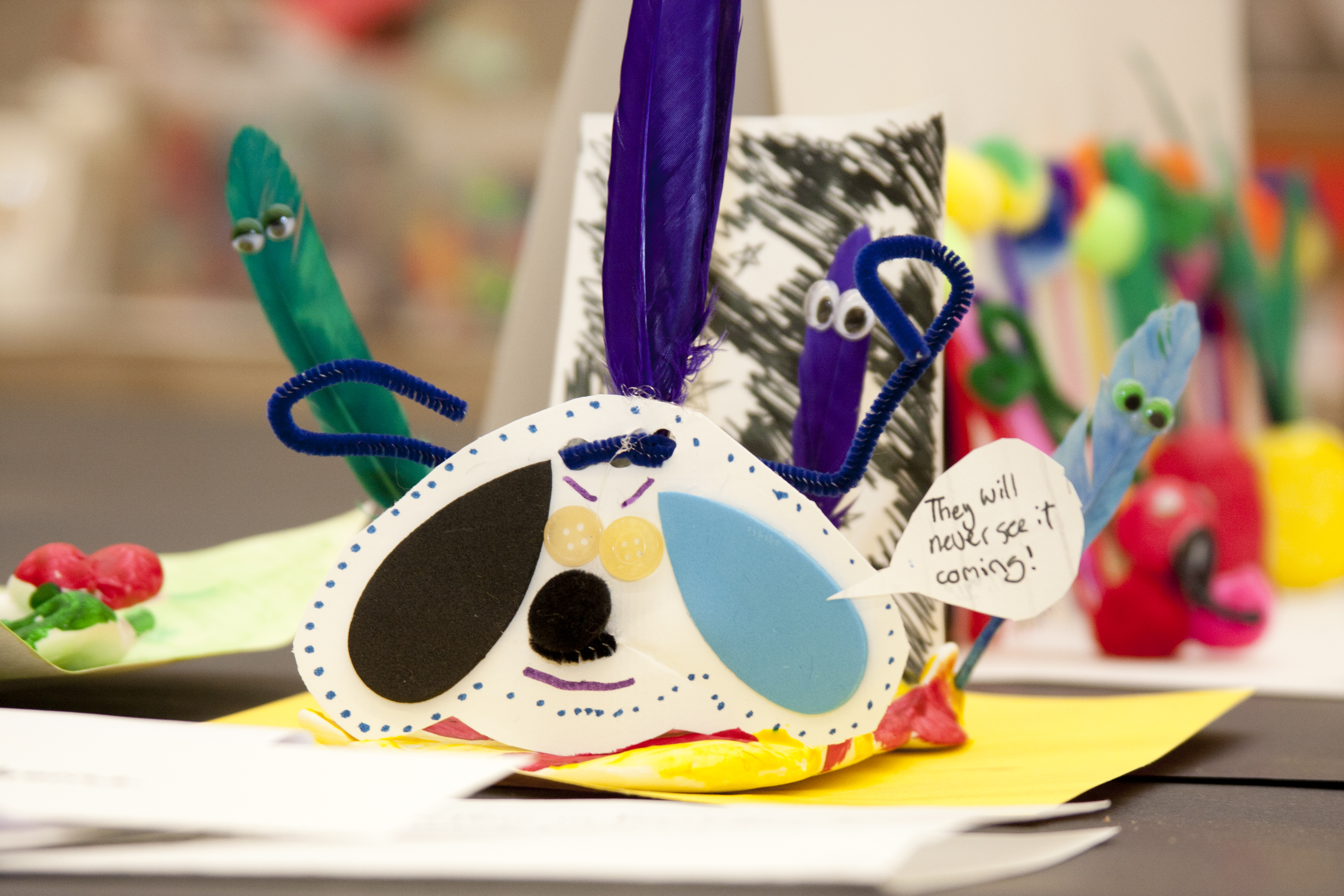
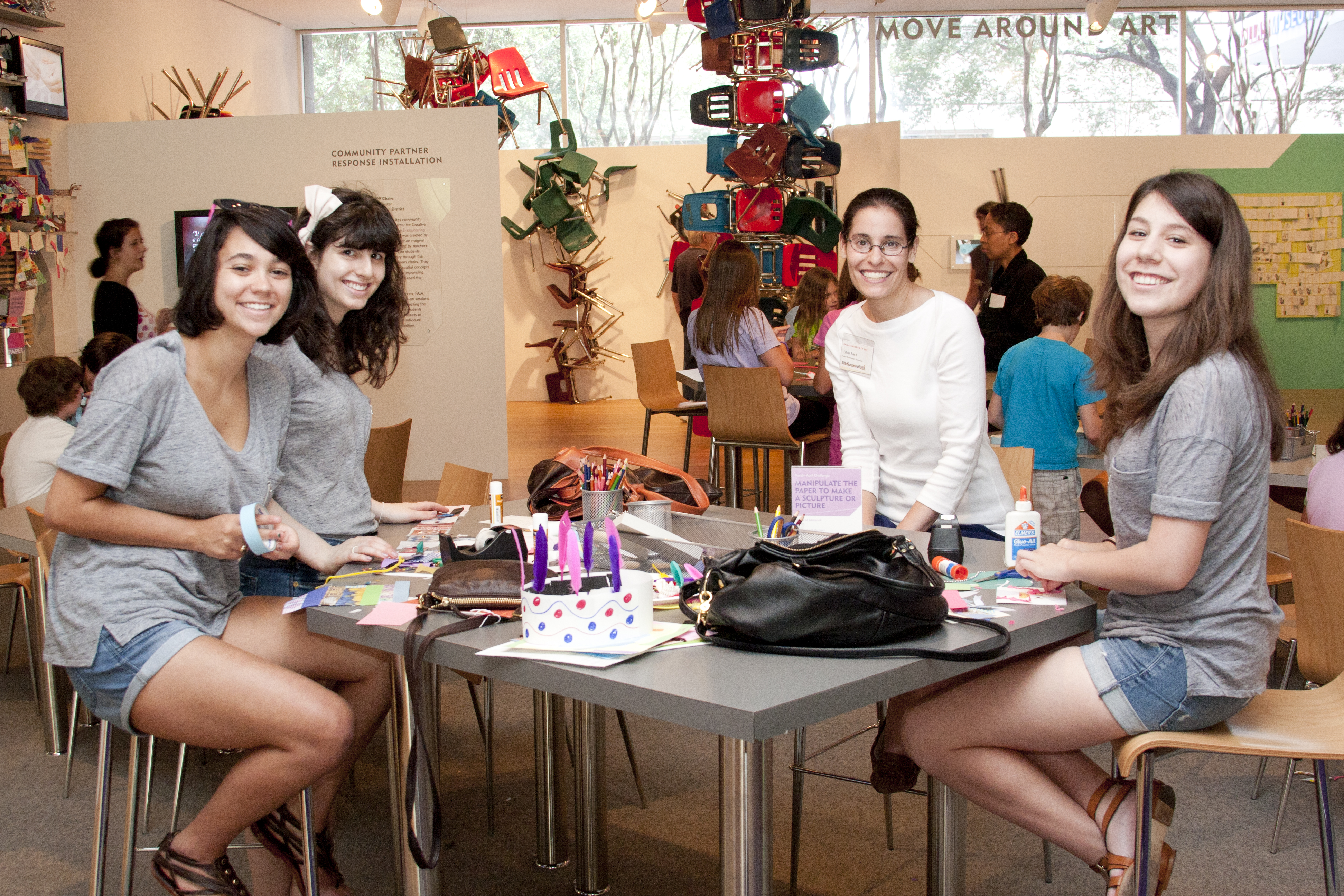

![Badu Concert Crowd[1]](http://blog.dma.org/wp-content/uploads/2011/06/badu-concert-crowd1-e1307382070251.jpg)
